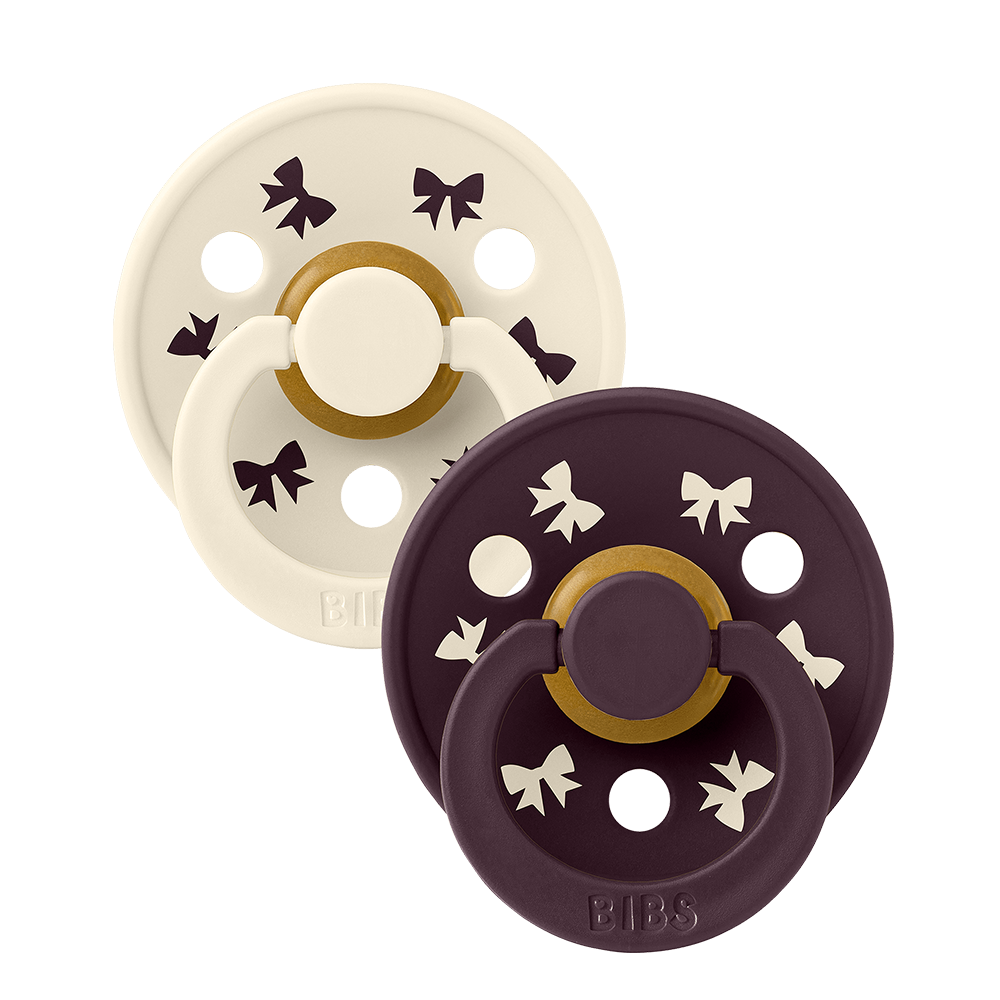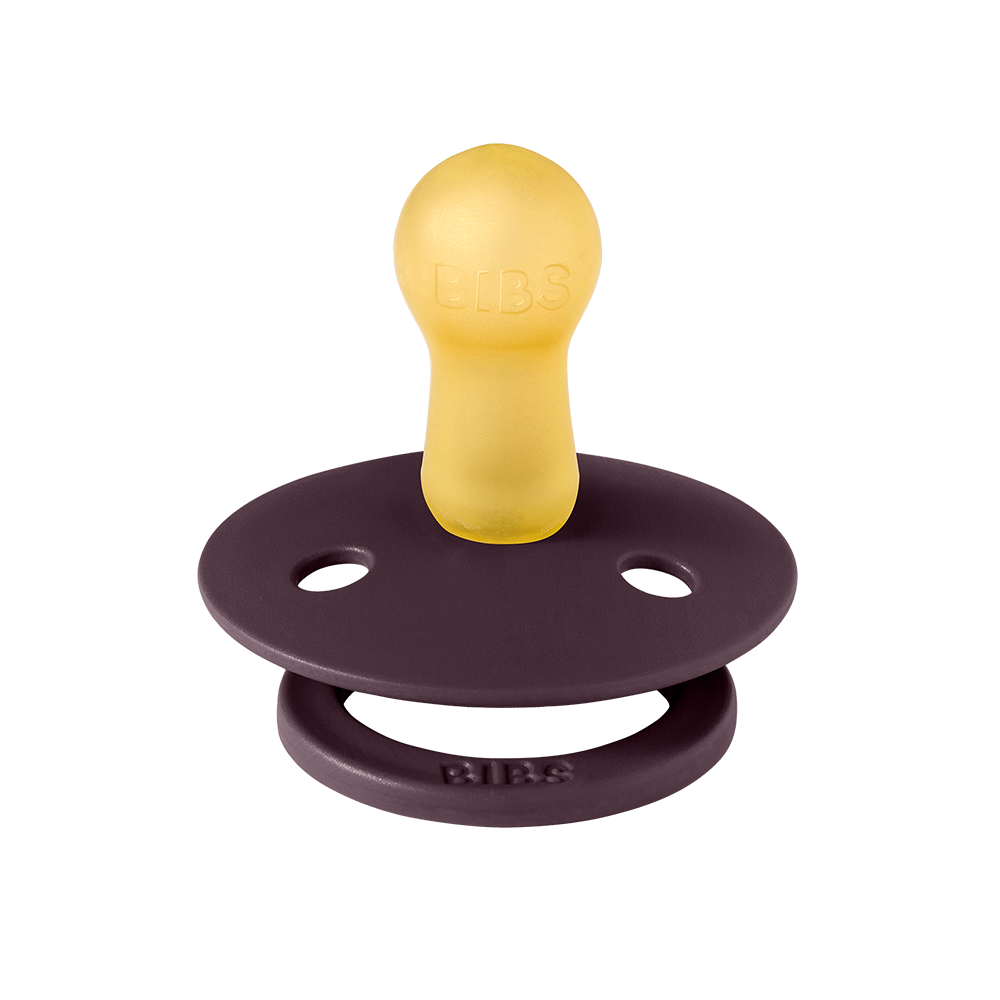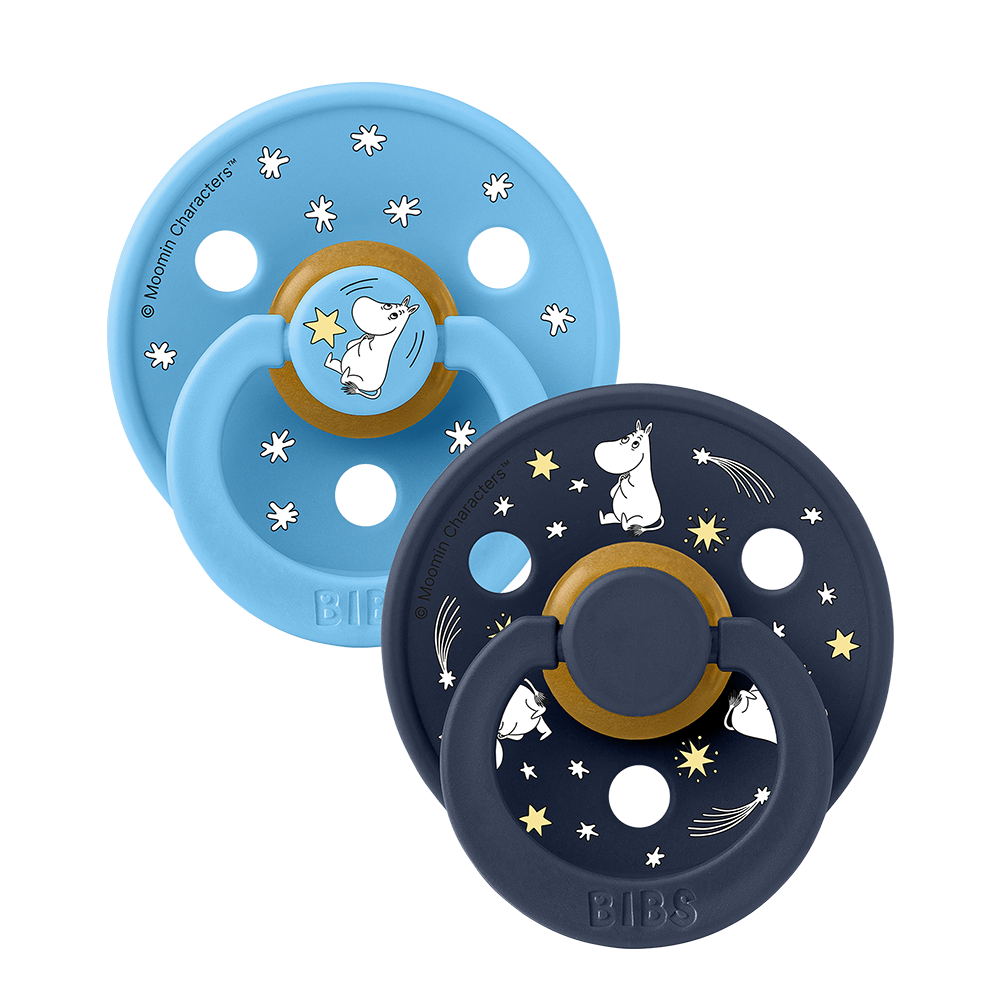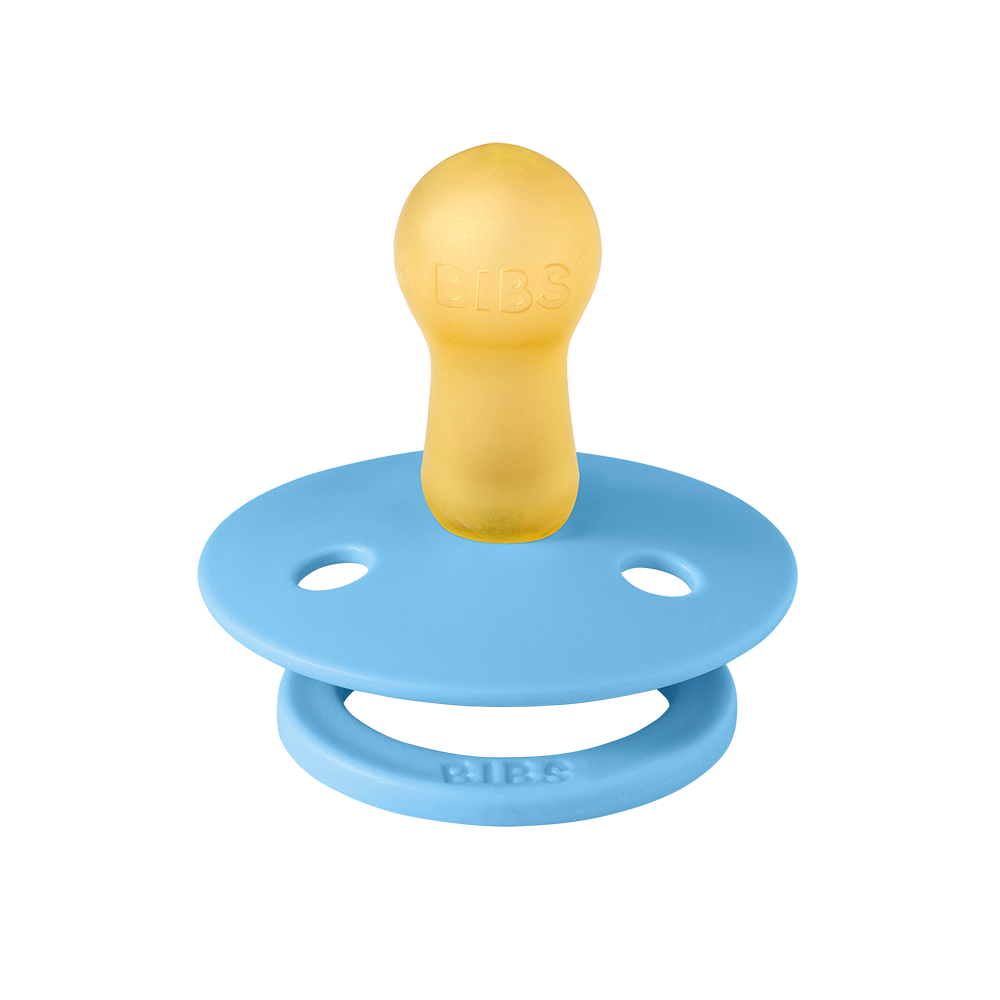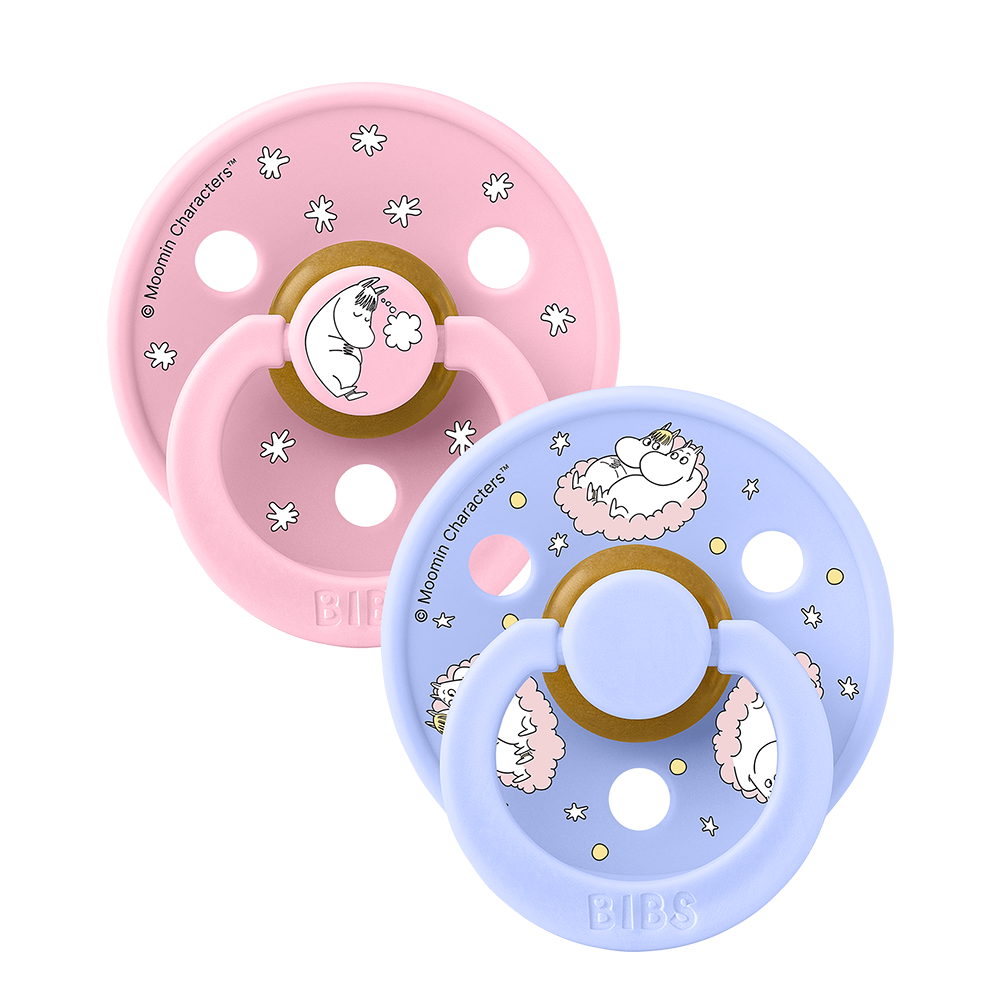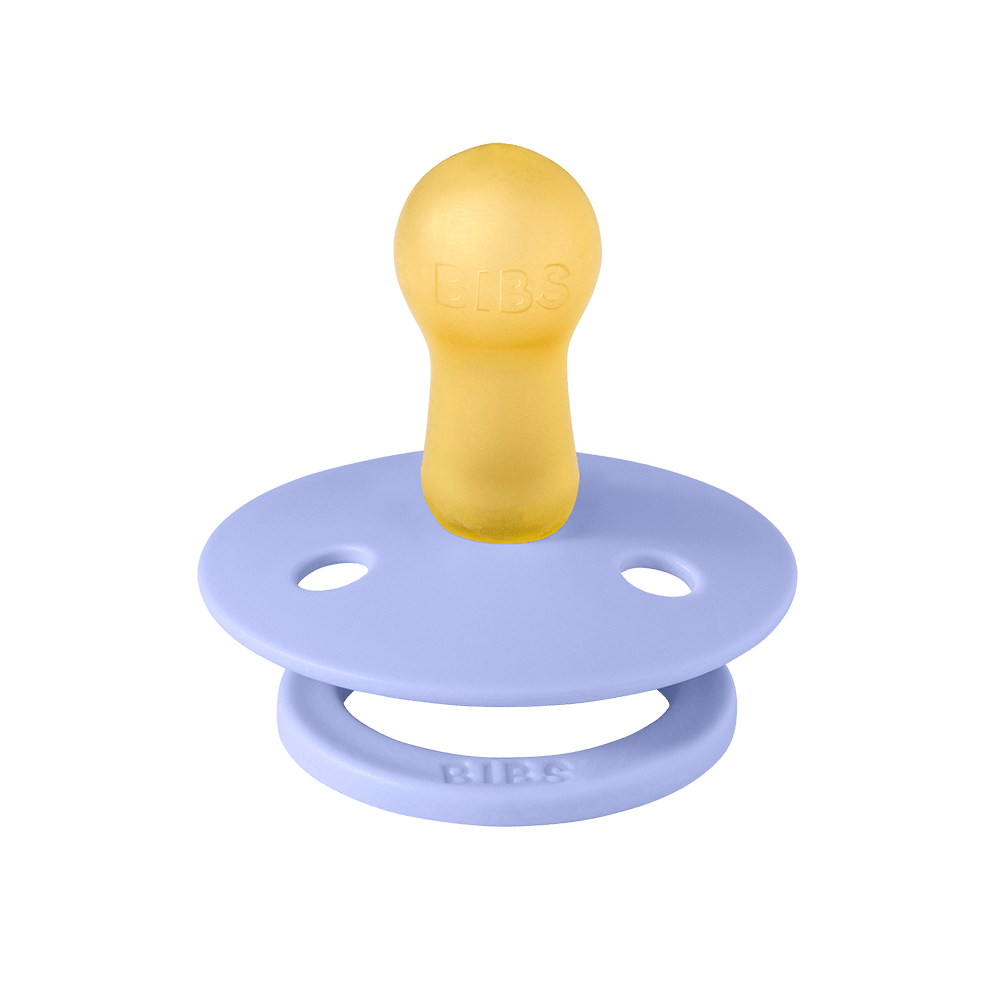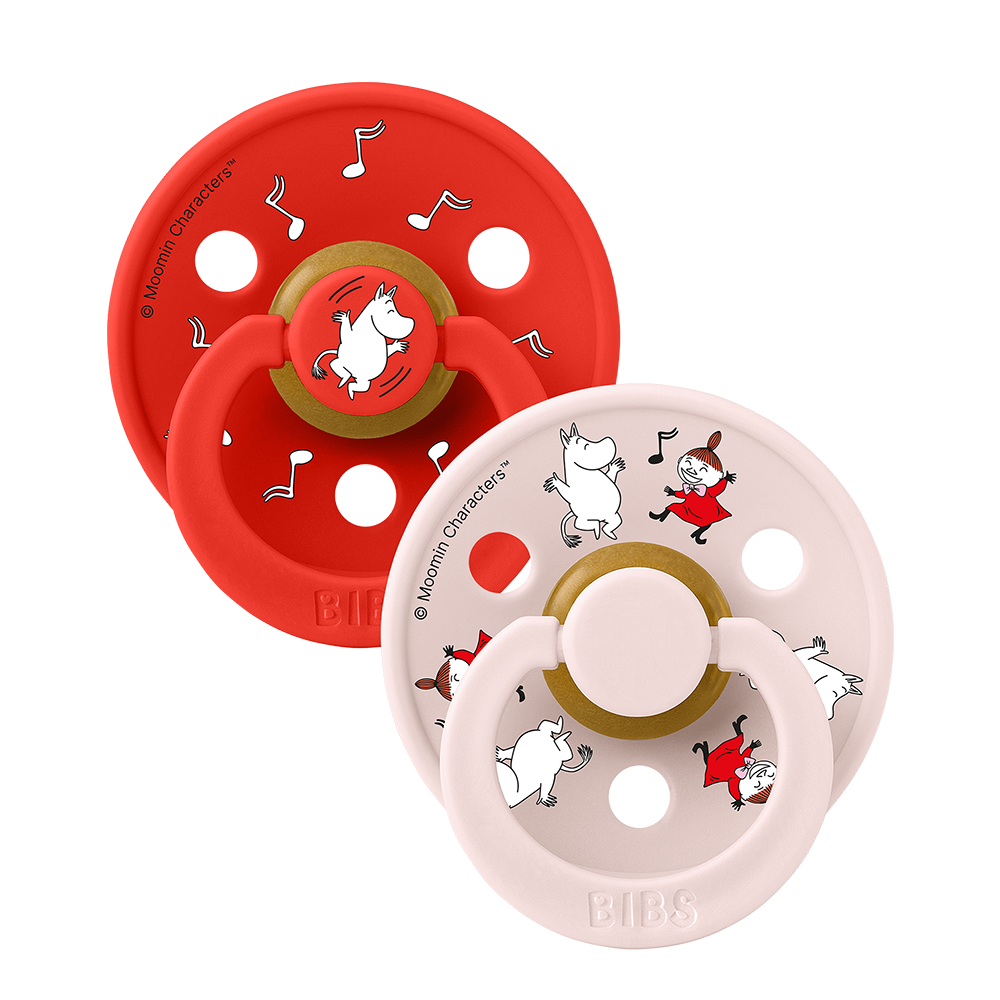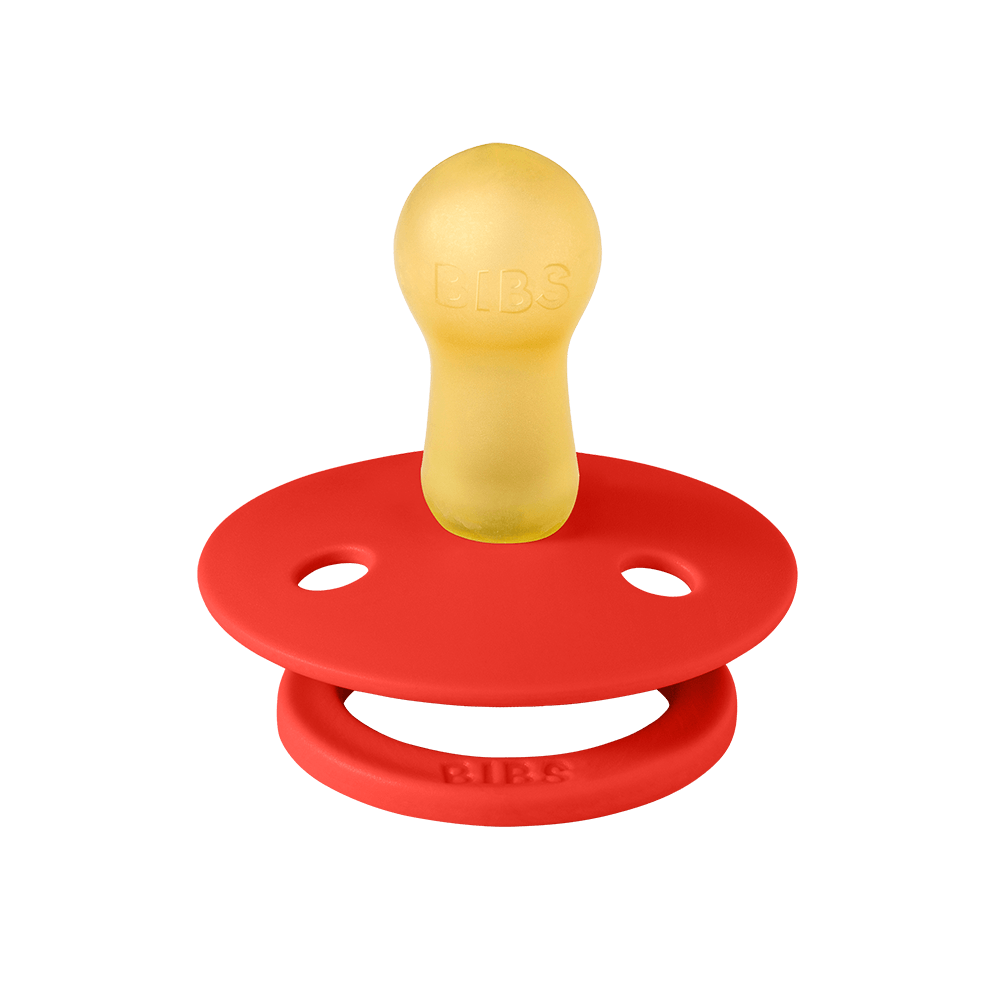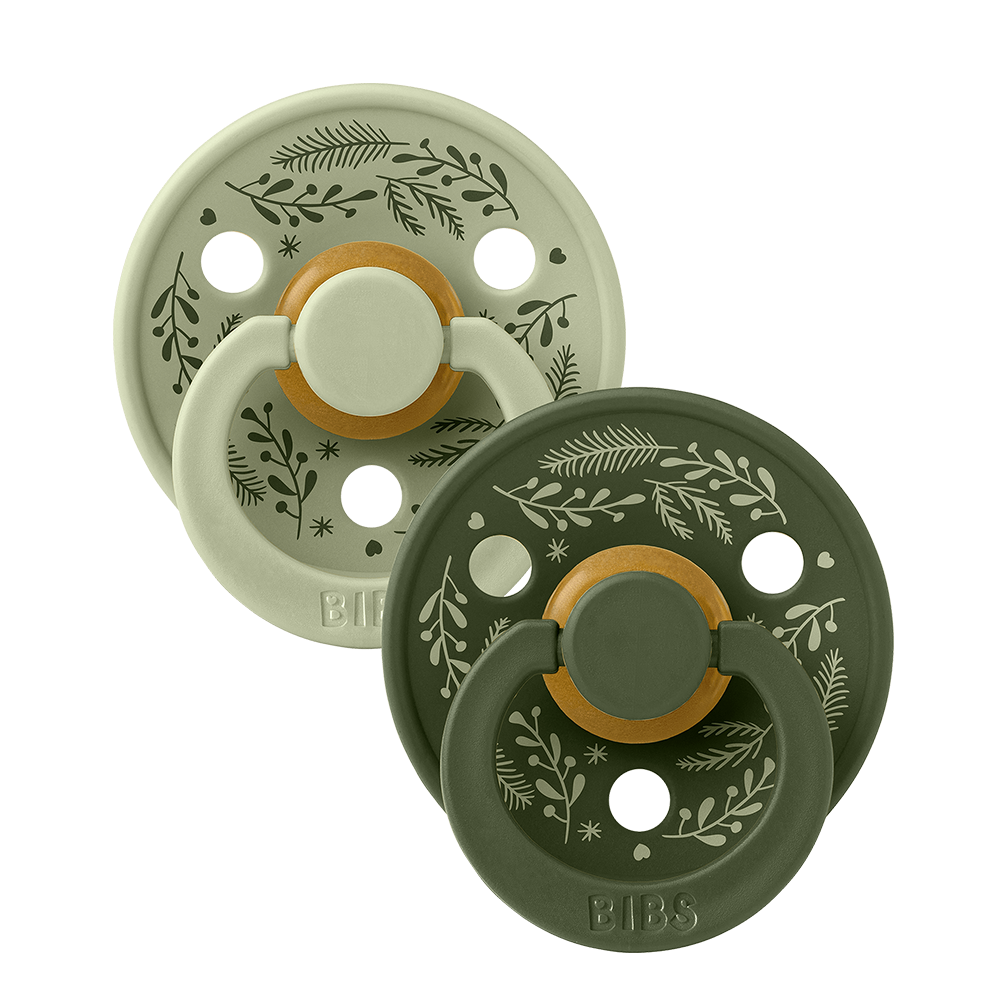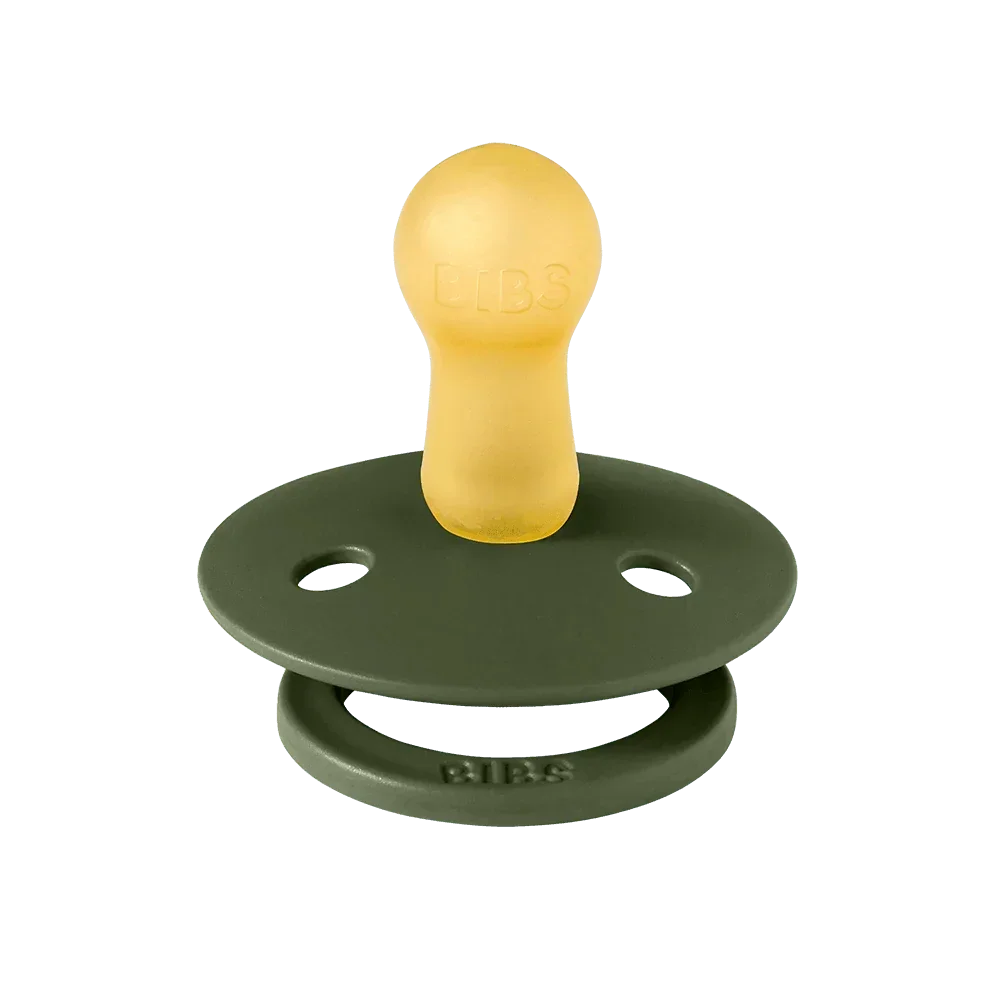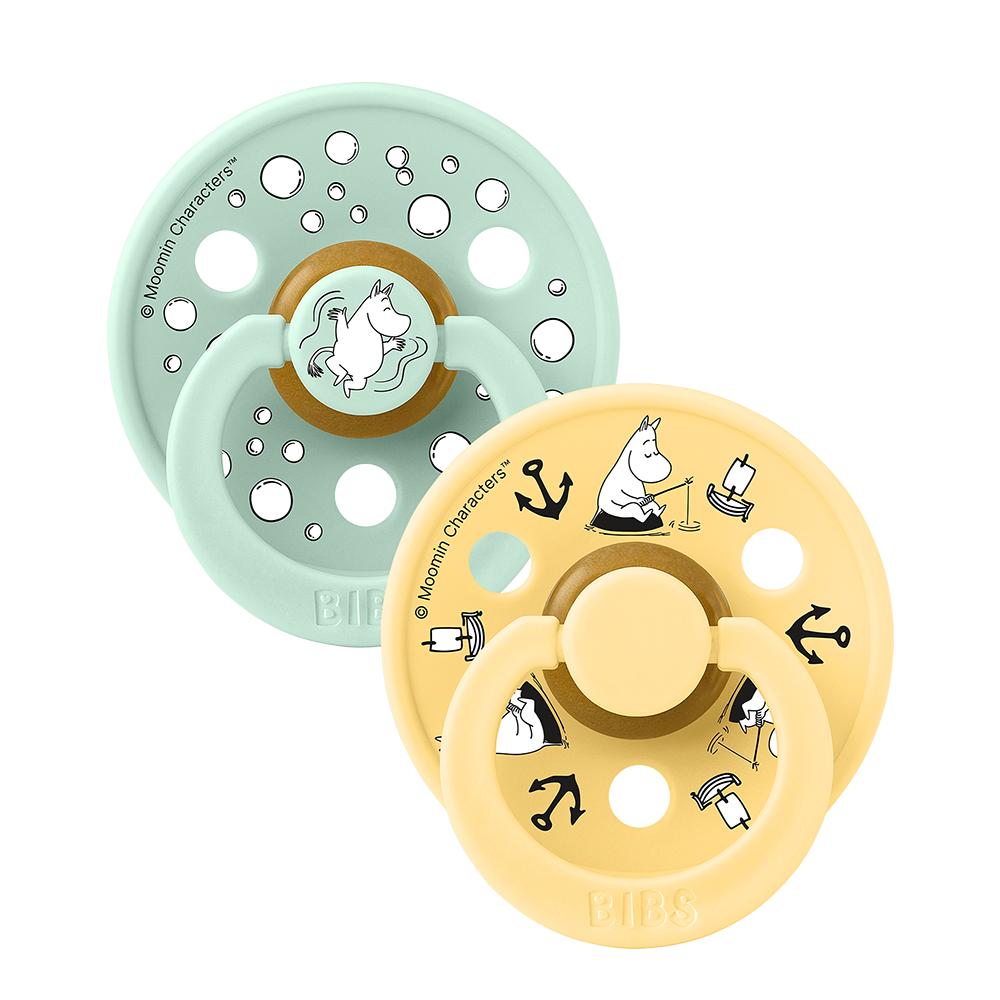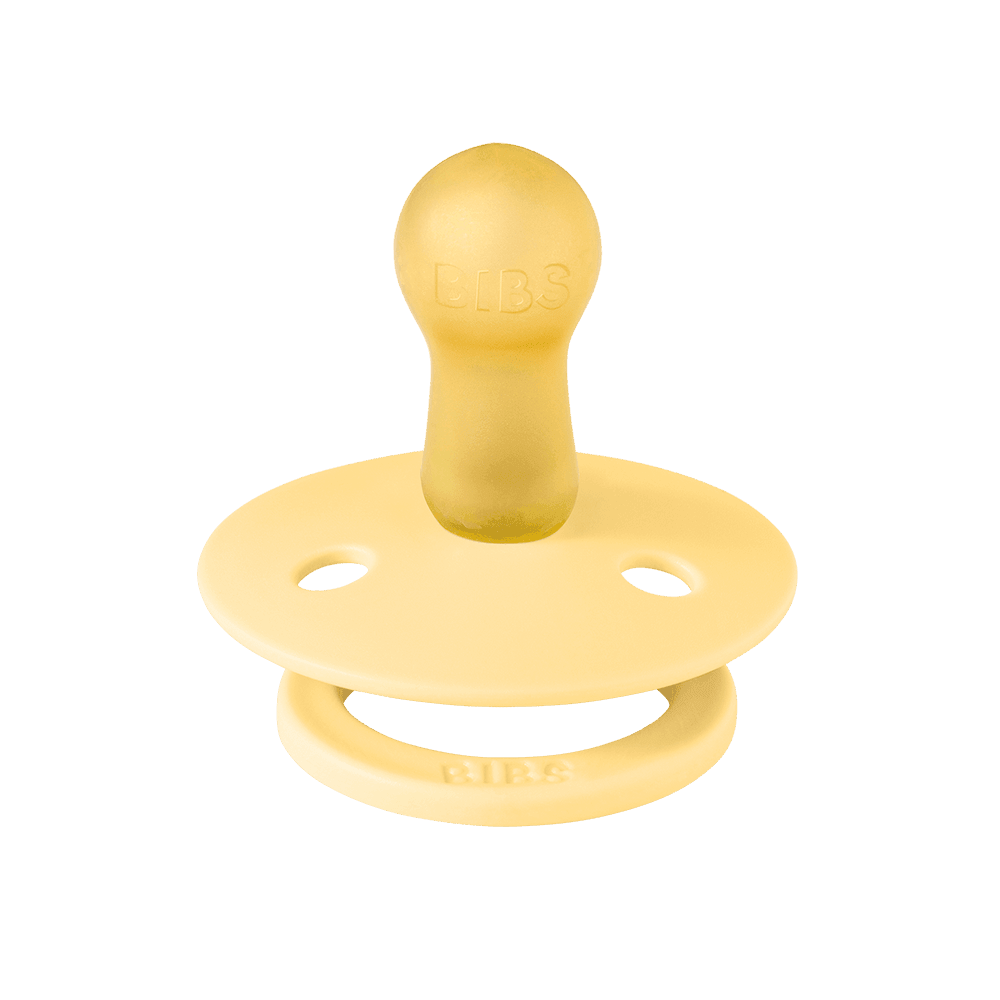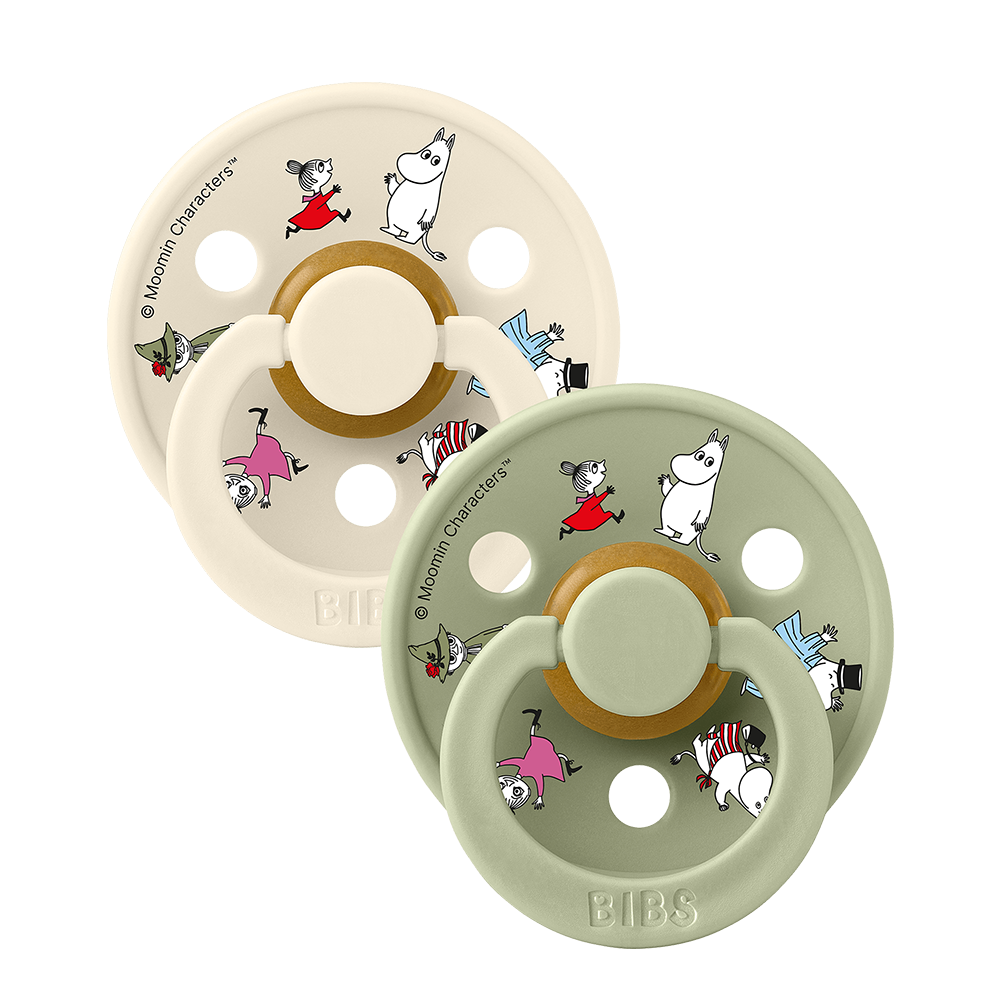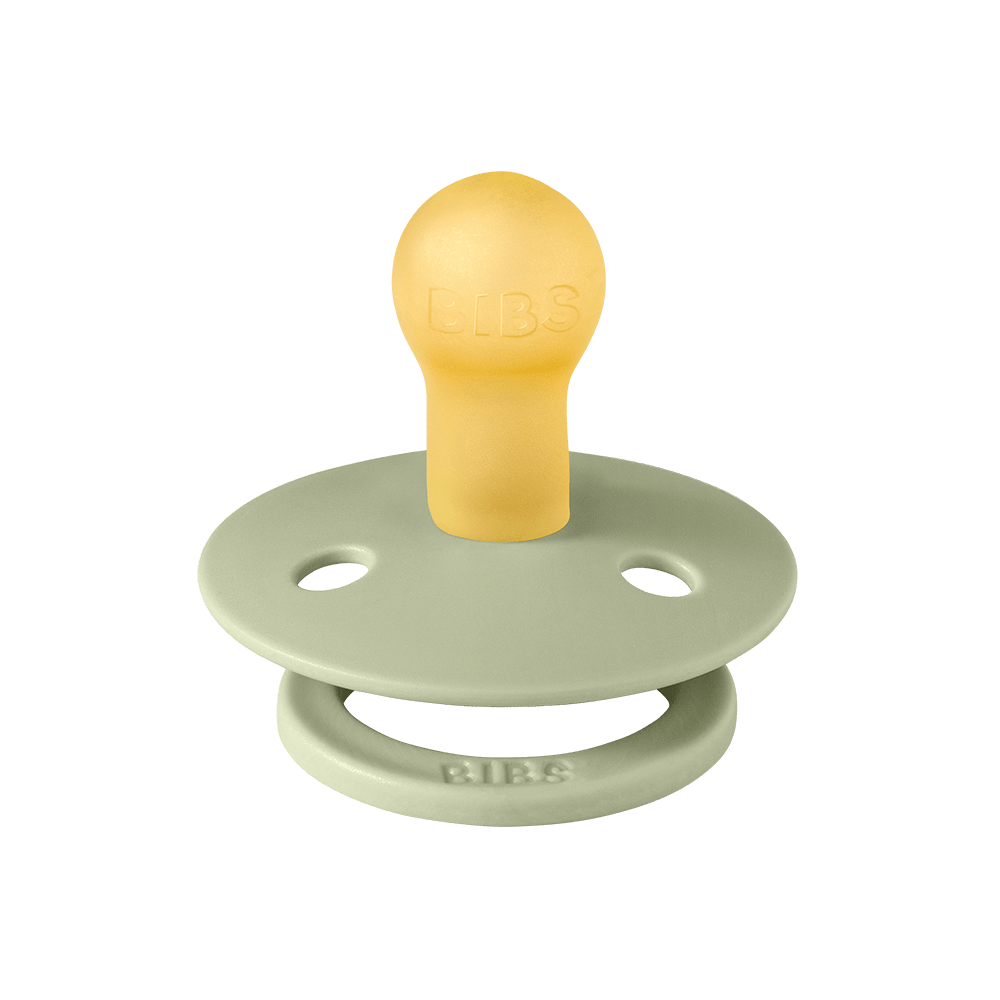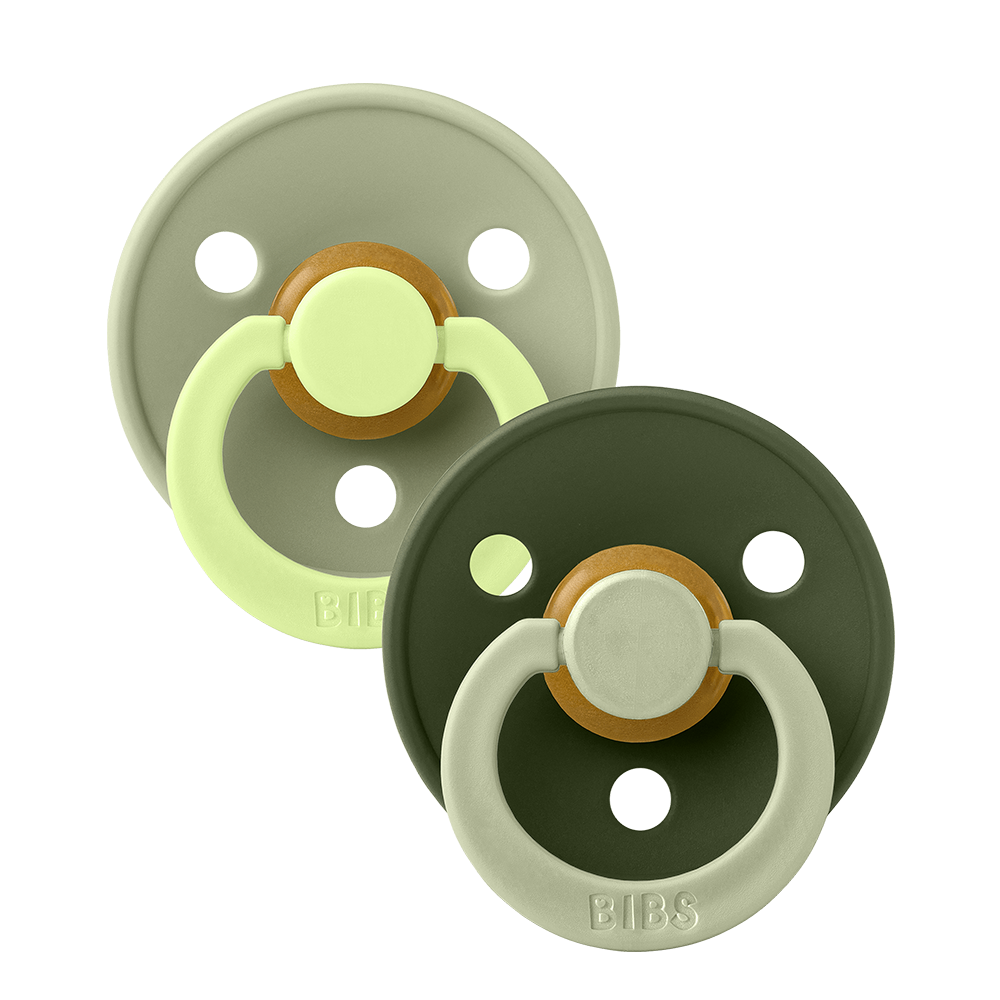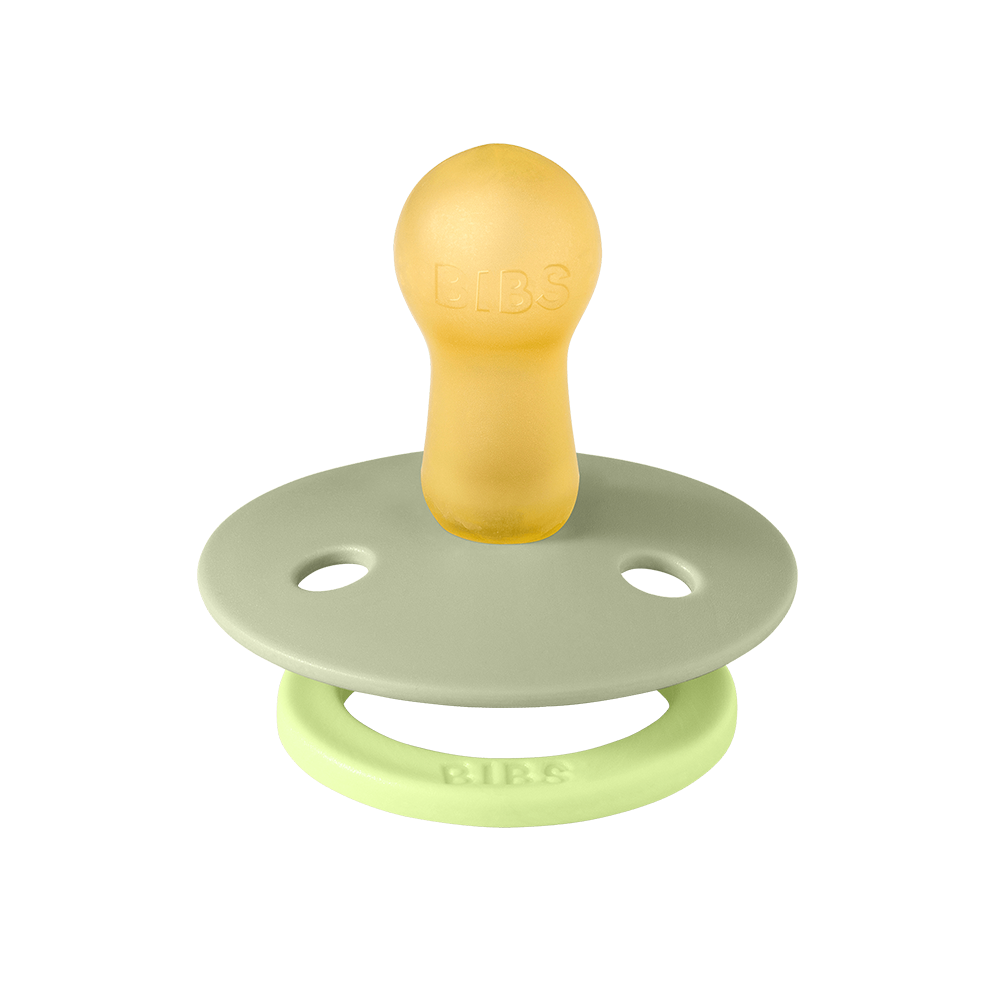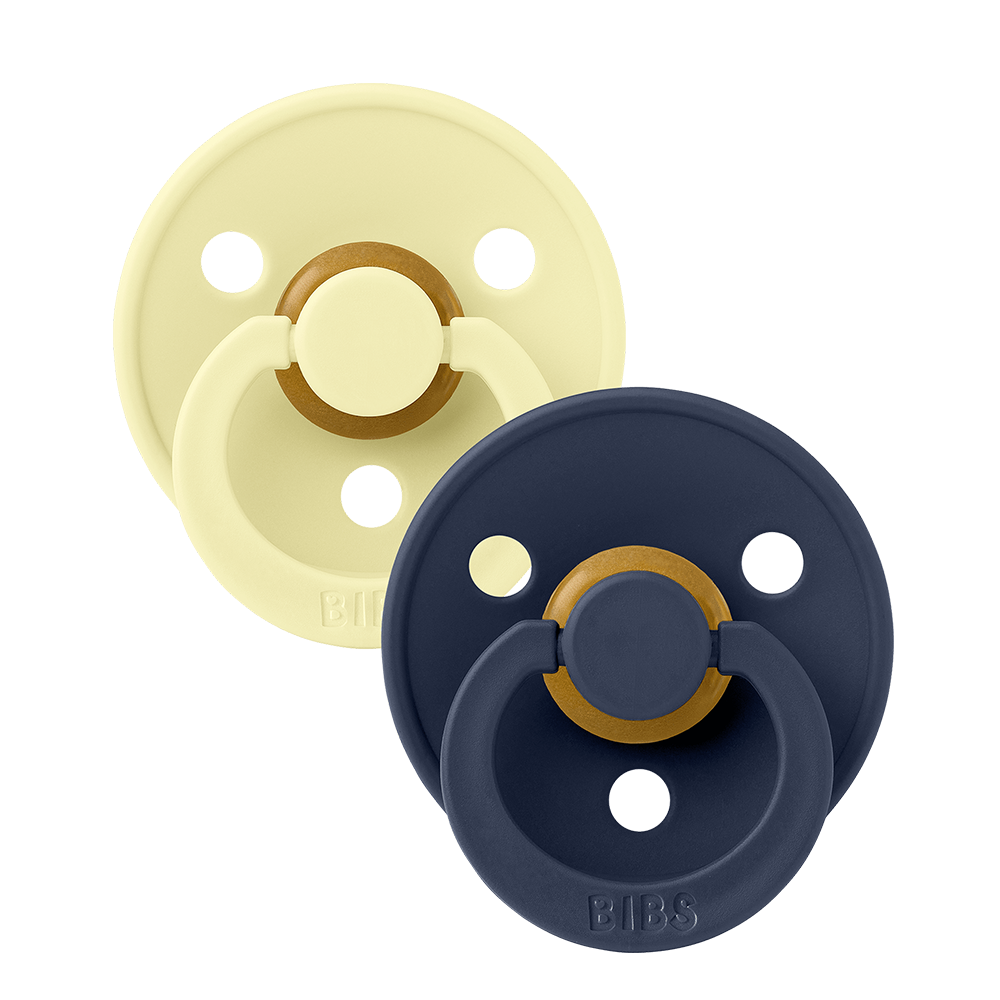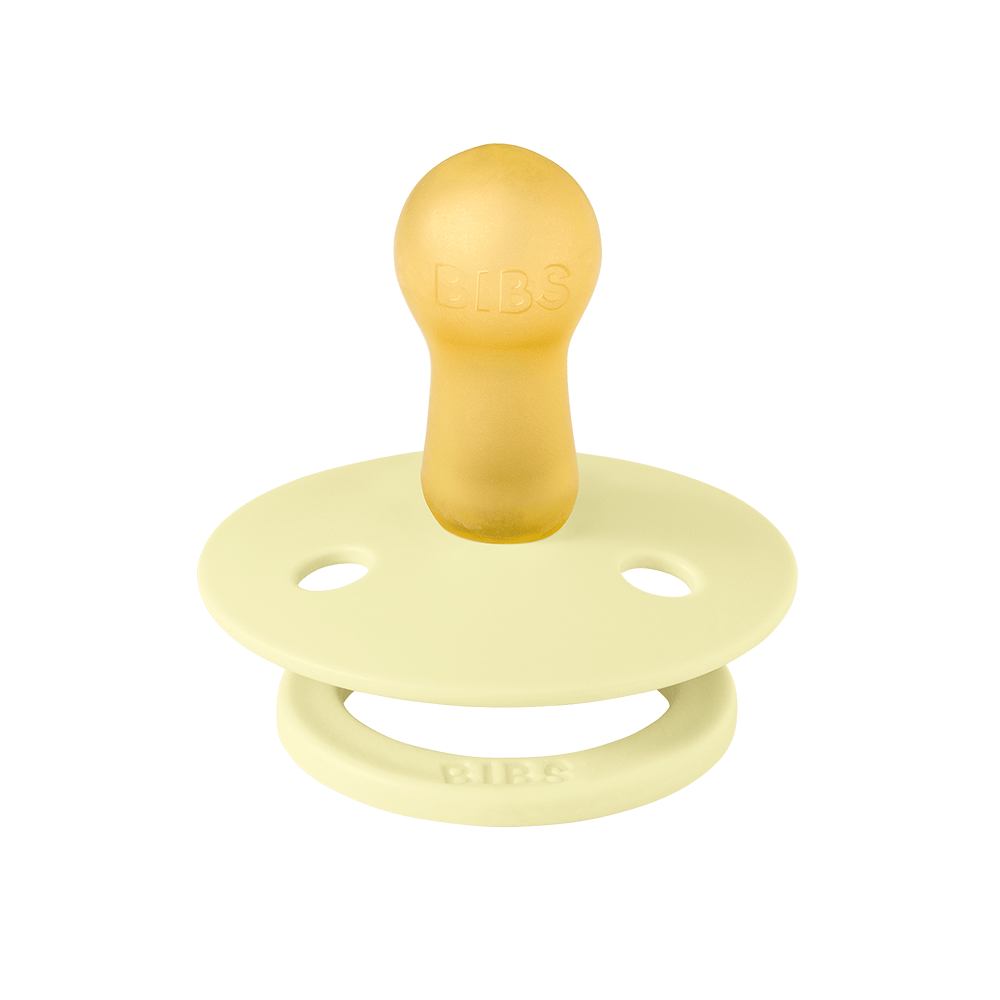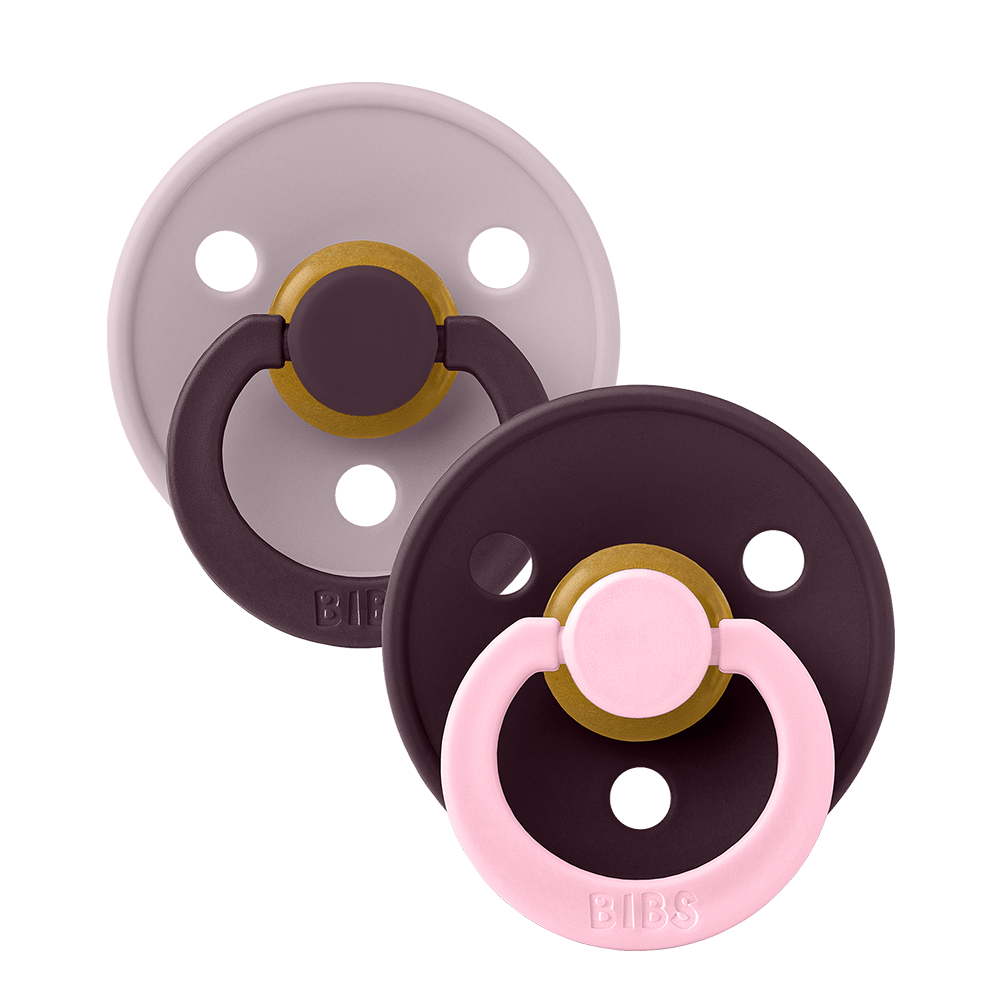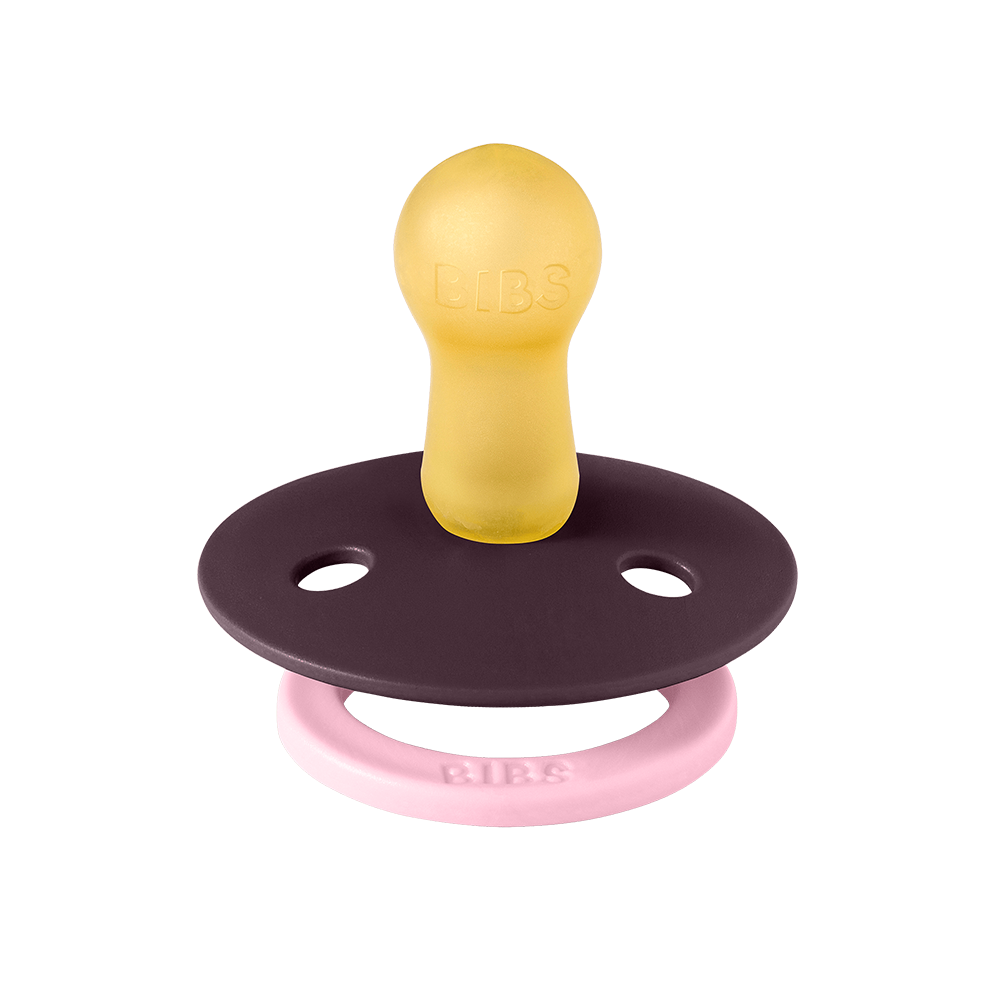Why Does My Baby Refuse the Bottle?

Struggling with bottle feeding and asking yourself, why does my baby refuse the bottle? You are not alone. Many parents face this challenge, especially when transitioning from breastfeeding or when someone else is helping with feeds. It can feel frustrating and discouraging, but understanding what causes bottle refusal can help you move forward with calm and confidence.
Why Does My Baby Refuse the Bottle All of a Sudden?
If your baby used to take the bottle and suddenly will not, several things might be involved. Changes in routine, developmental growth, or even teething can alter feeding behaviour. Babies also become more aware of differences between breast and bottle, which can matter more than we expect.
So when you are wondering why does my baby refuse the bottle, think about what may have changed lately. Did someone new give the bottle? Is your baby more alert and easily distracted? Did you try a different bottle, nipple, or flow?
6 Common Reasons Babies Refuse the Bottle
Here are frequent causes of bottle refusal, and ideas to help:
1. Preference for Breastfeeding
If your baby is used to breastfeeding, the bottle might feel very different. The warmth, smell, and closeness of nursing are comforting, and a bottle may seem unfamiliar. This is especially true when bottles are introduced late or without consistency.
2. Nipple Confusion or Mismatch
A key reason for why does my baby refuse the bottle is simply that the nipple does not suit their preference. Some babies like slower flow, others prefer softer texture. Our baby bottles offer both latex and silicone nipples made to mimic breast‑feeding, easing the transition.
3. Milk Temperature Issues
Babies expect milk around body temperature. If it is cold or hot, they may refuse. Try gently warming the milk, and warming the bottle nipple a bit too. Small adjustments like that can help a lot.
4. Wrong Timing or Mood
If you offer the bottle when your baby is over‑tired, overstimulated, or not truly hungry, refusal is more likely. Try offering the bottle when your baby is calm and showing early hunger cues. A quiet environment, low light, and minimal distraction help.
5. Discomfort or Teething
When babies are teething, or feeling discomfort from gas, they may associate feeding with pain. In those moments, offering a pacifier or a cool teething toy before the bottle may ease discomfort and make feeding easier.
6. Too Many Changes at Once
Babies thrive on predictable routines. If you change the bottle brand, caregiver, feeding position, and temperature all at the same time, it can overwhelm them. When you ask why does my baby refuse the bottle, simplify what you can and keep consistency where possible.
How to Help When Your Baby Refuses the Bottle
Here are gentle strategies to ease the refusal:
- Let a different caregiver offer the bottle when you're out of sight
- Use a familiar scent, like wrapping the bottle in a worn bandana bib
- Try different nipple types or flow rates
- Offer the bottle during calm times, not when baby is upset
- Warm the milk and warm the bottle nipple to mimic breastfeeding
- Let your baby soothe themselves with a pacifier before feeding time
It may take several tries, but many babies adapt over time with gentle consistency and encouragement.
Feeding Tools That Support the Journey
At BIBS, we understand how sensitive feeding transitions can be. That is why our baby bottles are crafted to ease transitions between breast and bottle. We also offer baby feeders for when solids start, and pacifier cases to keep pacifiers clean and close when you are out.
Pair these tools with your baby’s favorite pacifier to build calming, familiar feeding routines.
When to Seek Support
If you’ve tried alternate bottles, changed feeding positions, varied caregivers, and your baby still refuses, it might be helpful to consult a pediatrician or lactation consultant. In rare cases, issues like tongue‑tie or oral development can affect feeding and may need professional advice.
